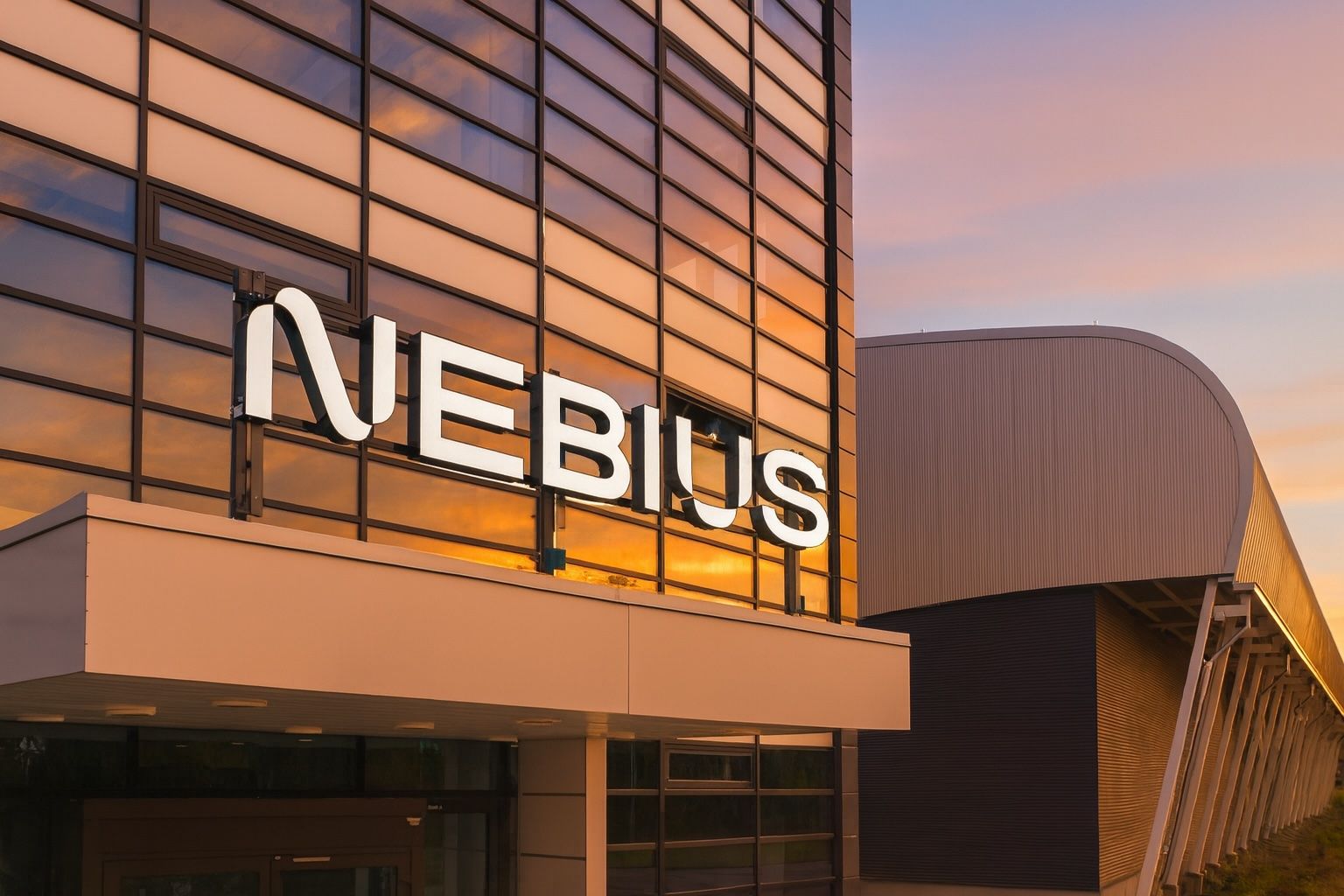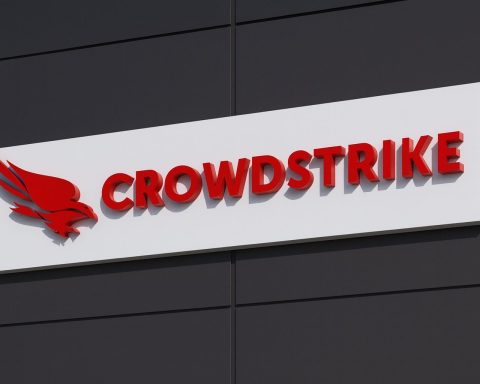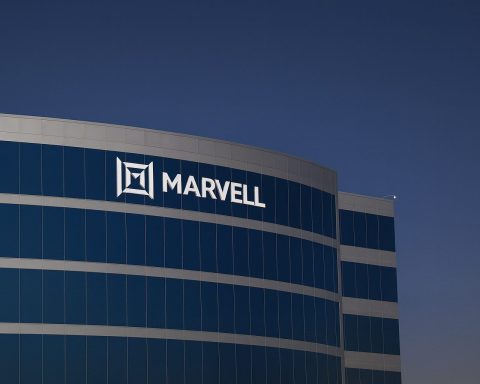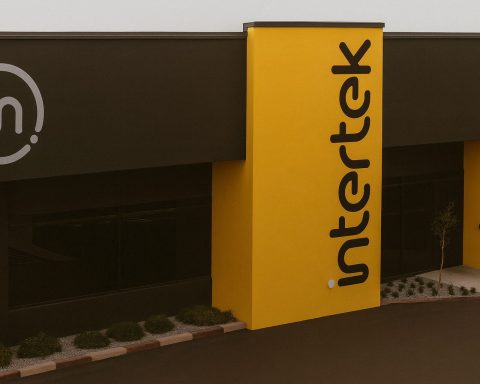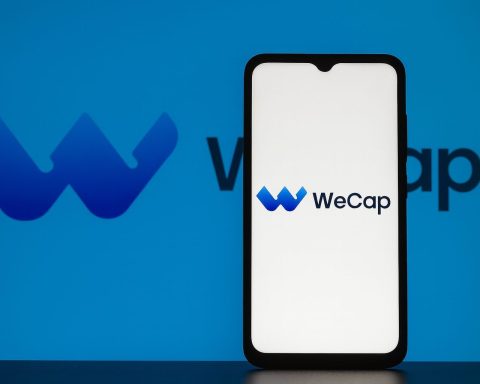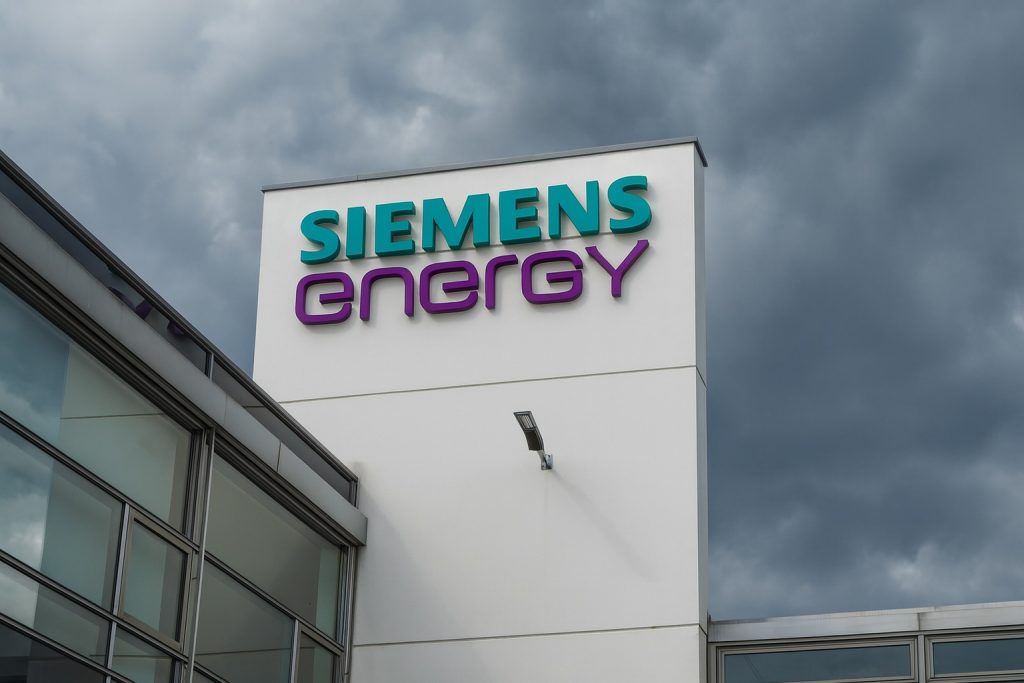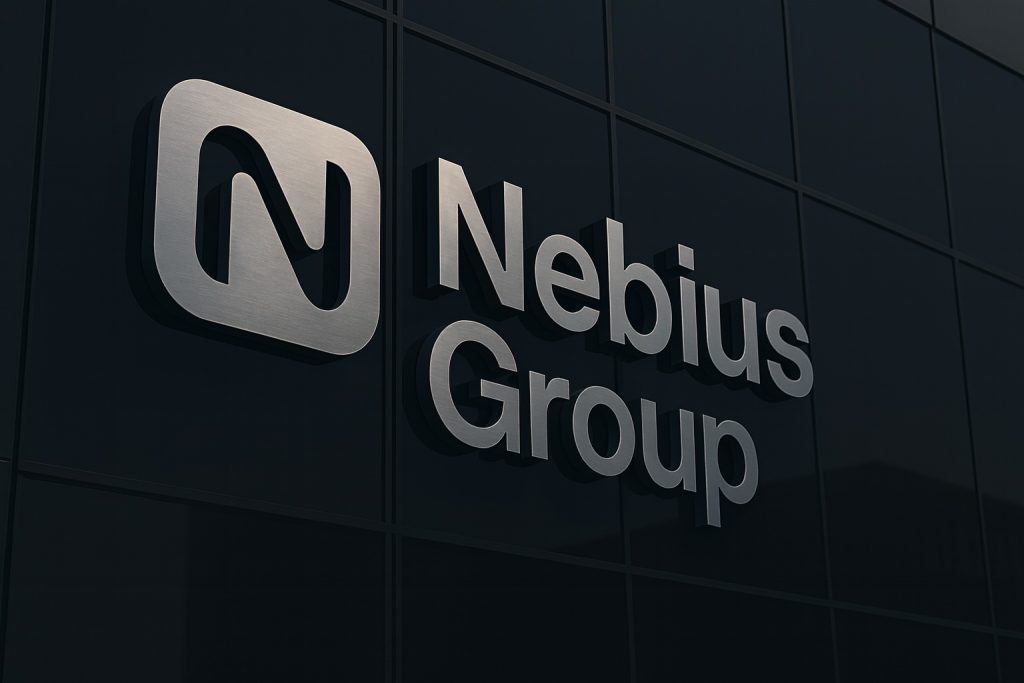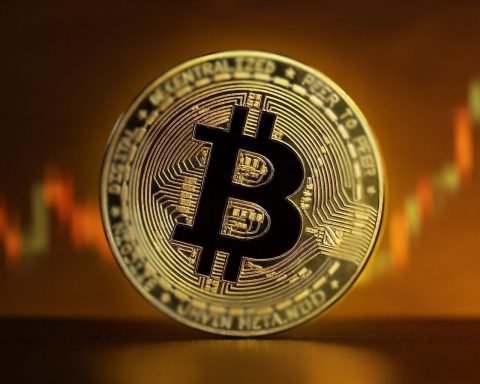- Index snapshot (Oct 2 2025) – The Nasdaq Biotechnology Index (NBIS) closed at ≈5,007.41, up 2.61 % from the previous session, marking the index’s highest level in over a year [1]. The day’s range was 4,911.94–5,039.83, and the 52‑week range stood at 3,568.35–5,039.83 [2].
- Sector context – Biotech stocks have been volatile in 2025. The index slumped ~3 % in 2024 due to uncertainty around U.S. drug‑pricing reforms [3], but low valuations and hopes of more favourable policies have attracted bargain hunters [4].
- Microsoft‑NeoCloud AI deal – In late September 2025, Nebius Group (trading as NBIS) and Microsoft announced a multiyear contract valued at $17.4 billion, expandable to ≈$19.4 billion, under which Nebius will supply dedicated AI‑GPU capacity from a new data‑centre in Vineland, New Jersey [5]. Nebius CEO Arkady Volozh said the agreement would accelerate the company’s AI cloud business [6]. Analysts expect the influx of AI compute to benefit biotech companies using generative‑AI for drug discovery.
- Expert commentary – Mizuho strategist Jared Holz argues that persistent political/regulatory headwinds have kept investors on the sidelines [7], while Greenwood Capital’s Walter Todd views the sector’s low valuations as an opportunity for outperformance [8]. Biotech trade group head Steve Ubl calls the U.S. Inflation Reduction Act (IRA) a source of “massive uncertainty” for drug developers [9].
- Outlook – Many analysts believe the sector could rebound if regulatory clarity emerges and if AI‑enabled productivity gains materialise. However, caution persists: Boston Partners’ Michael Mullaney warns that some depressed healthcare names may be “value traps” [10].
Understanding the Nasdaq Biotechnology Index (NBIS)
The Nasdaq Biotechnology Index (ticker NBIS on some platforms, also known as NBI) tracks companies listed on the Nasdaq Stock Market that are classified as biotechnology or pharmaceutical businesses. The index is modified‑capitalisation weighted, meaning larger companies carry more influence but weightings are capped to enhance diversification. It started with a base value of 200 in 1993 and currently contains around 251 components [11]. The index is widely followed because it provides a benchmark for biotech investors and is the basis for several exchange‑traded funds.
Current Performance (2 October 2025)
| Metric | Value | Context |
|---|---|---|
| Last close (Oct 2 2025) | 5,007.41 | Reuters lists the index’s last trade at 5,007.41 USD [12], matching Nasdaq’s official close [13]. |
| Change vs. prior close | +127.51 (≈+2.61 %) | The index rallied strongly, boosting it to a one‑year high [14]. |
| Open price | 4,916.11 [15] | Indicates strength from the opening bell. |
| Day high / low | 5,039.83 / 4,911.94 [16] | Trading range shows bullish momentum. |
| 52‑week range | 3,568.35 – 5,039.83 [17] | The Oct‑2 high reached the top of this range, a bullish technical signal. |
| Previous close (Oct 1 2025) | 4,879.90 [18] | Provides the base for measuring the one‑day change. |
| Number of components | ≈251 [19] | Reflects breadth of the biotech sector. |
Short‑term trend: The NBIS surged on Oct 2 following several upbeat sessions. On Oct 1 it rose more than 2 %, reaching 5,007.41 [20], and the Oct‑2 move extended the breakout above 5,000. This two‑day gain of roughly 2.6 % reflects renewed investor interest as AI‑related optimism offset lingering regulatory concerns.
Performance in the Days Leading to Oct 2
While the Oct‑2 reading is the latest close available, context is provided by the preceding days:
- Oct 1 2025: Nasdaq’s data shows the index closed at ~5,007.41 after a 2.6 % jump, with a daily range of 4,911.9–5,039.8 [21]. This strong advance followed news that the U.S. government had averted a shutdown and optimism around AI‑chip demand.
- Sept 30 2025: Although we lack exact figures, the previous close (4,879.90) implies that the index rose ≈2.6 % on Oct 1, suggesting that Sept 30 likely ended near 4,880. Reuters noted that biotech stocks were buoyed by expectations of increasing demand for AI‑enabled drug discovery and by bargain hunting as valuations remained depressed.
- Broader market: Over the summer of 2025, the S&P 500 healthcare sector, which includes many large biotech firms, slumped 5 % year‑to‑date while the broader S&P 500 gained over 7 % [22]. This underperformance contributed to the sector’s attractive valuations and set the stage for the autumn rebound.
Drivers and Headwinds in 2025
Regulatory uncertainty and patent cliffs
The U.S. Inflation Reduction Act (IRA) allows Medicare to negotiate prices on certain high‑revenue drugs, creating what industry lobbyist Steve Ubl calls “massive uncertainty” [23]. Roel Van den Akker of PwC notes that nearly $175 billion of biopharma revenue is expected to go off patent by the end of the decade [24], which incentivises companies to invest in next‑generation therapies but also heightens investor risk.
Analysts expect the U.S. election cycle and debates over drug pricing to continue weighing on sentiment. Lawyer Beth Neitzel warns that changes to the IRA are unlikely to occur soon [25], while Priya Chandran of BCG argues that policy uncertainty will persist at least until the 2026 Medicare negotiation list is clarified [26].
Valuations and investor appetite
After a poor 2024, biotech valuations reached near 30‑year lows relative to the S&P 500 [27]. Walter Todd of Greenwood Capital says the “set‑up is pretty decent for outperformance”, noting that many companies generate healthy cash flows yet trade at depressed multiples [28]. Mizuho strategist Jared Holz counters that the sector faces constant regulatory overhangs which have spooked momentum investors [29].
Patrick Kaser of Brandywine Global believes valuations are “extremely cheap”, citing Merck and Bristol Myers Squibb’s forward price‑to‑earnings ratios around 15 [30]. However, Boston Partners’ Michael Mullaney cautions that some stocks could be “value traps” if patent expirations erode cash flows faster than expected [31].
Biotech innovation and AI‑enabled drug discovery
Despite macro headwinds, innovation remains robust. Gene‑editing therapies, RNA‑based vaccines, and precision oncology pipelines are progressing. The surge in generative‑AI and machine‑learning models for protein design has increased the need for high‑performance computing. Several large‑cap biotechs have partnered with cloud providers to accelerate research, and venture capital funding into AI‑driven drug discovery startups remains strong.
Microsoft‑NeoCloud AI Supply Chain Announcement
The most dramatic news affecting the index in late September 2025 was the multi‑year AI infrastructure agreement between Nebius Group and Microsoft. Nebius, a Netherlands‑based cloud provider that trades under the ticker NBIS, signed a $17.4 billion contract to deliver dedicated GPU capacity from a new data centre in Vineland, New Jersey [32]. Microsoft can expand the agreement to ≈$19.4 billion by purchasing additional services [33].
According to Nebius, the contract will be financed through cash flow generated by the deal and debt secured by the contract [34]. CEO Arkady Volozh said the agreement is the first of several large contracts and will accelerate Nebius’s AI cloud business [35]. The new facility will host advanced Nvidia H100, H200 and Blackwell GPU clusters and will incorporate heat‑recovery systems and renewable energy [36].
Implications for biotech
Biotech companies increasingly rely on AI models for tasks such as genome annotation, protein folding prediction and de‑novo drug design. These algorithms require access to vast computing power. The Microsoft‑NeoCloud deal boosts the availability of GPUs in North America at a time when demand far outstrips supply. Analysts speculate that the resulting increase in AI infrastructure could lower compute costs and accelerate time‑to‑market for AI‑driven biotech companies, benefiting the whole index.
Influence of Broader Tech Trends
On Oct 2, global equity markets rose as investors embraced renewed AI optimism. An Associated Press report noted that chip‑maker shares rallied due to a partnership between Samsung/Sk Hynix and OpenAI [37]. The positive sentiment spilled over into biotech because many of the same AI chips are used for computational biology. Meanwhile, an Investopedia recap of Oct 1 highlighted that stocks such as Biogen and Thermo Fisher rose sharply after the White House postponed a pricing‑negotiation deadline [38].
Forecasts and Projections
While explicit index forecasts for NBIS are scarce, several experts offer directional views:
- Value opportunity: Because the sector trades at historically low multiples, Walter Todd anticipates outperformance if political rhetoric moderates and innovation catalysts (like positive clinical trial results) materialise [39].
- Caution on policy risk:Jared Holz warns that election‑year rhetoric and potential expansions of price controls could cap gains [40]. Biotech investors should monitor proposed changes to the IRA and Medicare negotiation timelines [41].
- AI tailwinds: Analysts believe that the Nebius‑Microsoft contract could signal a new wave of AI‑enabled productivity, leading to faster drug discovery cycles and improved profitability for biotech firms. However, this tailwind may take time to materialise as infrastructure projects come online in 2026–2027.
Conclusion
The Nasdaq Biotechnology Index (NBIS) entered October 2025 with renewed momentum, surging to a one‑year high of about 5,007 [42]. This rally followed months of underperformance, reflecting investors’ hope that historically low valuations and AI‑enabled efficiencies could outweigh regulatory headwinds. The sector still faces significant challenges — patent expirations, drug‑pricing reforms and election‑year volatility — but the Microsoft‑NeoCloud deal illustrates how the technology and biotech worlds are converging. Increased AI compute capacity could turbocharge research and enhance profitability. Investors should stay mindful of policy developments and remain selective, focusing on companies with strong pipelines and balance sheets while watching for evidence that AI tailwinds are translating into tangible earnings growth.
References
1. www.reuters.com, 2. www.reuters.com, 3. www.reuters.com, 4. www.reuters.com, 5. convergedigest.com, 6. nebius.com, 7. www.reuters.com, 8. www.reuters.com, 9. www.reuters.com, 10. www.reuters.com, 11. indexes.nasdaqomx.com, 12. www.reuters.com, 13. indexes.nasdaqomx.com, 14. www.reuters.com, 15. www.reuters.com, 16. www.reuters.com, 17. www.reuters.com, 18. www.reuters.com, 19. indexes.nasdaqomx.com, 20. indexes.nasdaqomx.com, 21. indexes.nasdaqomx.com, 22. www.reuters.com, 23. www.reuters.com, 24. www.reuters.com, 25. www.reuters.com, 26. www.reuters.com, 27. www.reuters.com, 28. www.reuters.com, 29. www.reuters.com, 30. www.reuters.com, 31. www.reuters.com, 32. convergedigest.com, 33. convergedigest.com, 34. nebius.com, 35. nebius.com, 36. convergedigest.com, 37. www.sfgate.com, 38. www.investopedia.com, 39. www.reuters.com, 40. www.reuters.com, 41. www.reuters.com, 42. www.reuters.com
